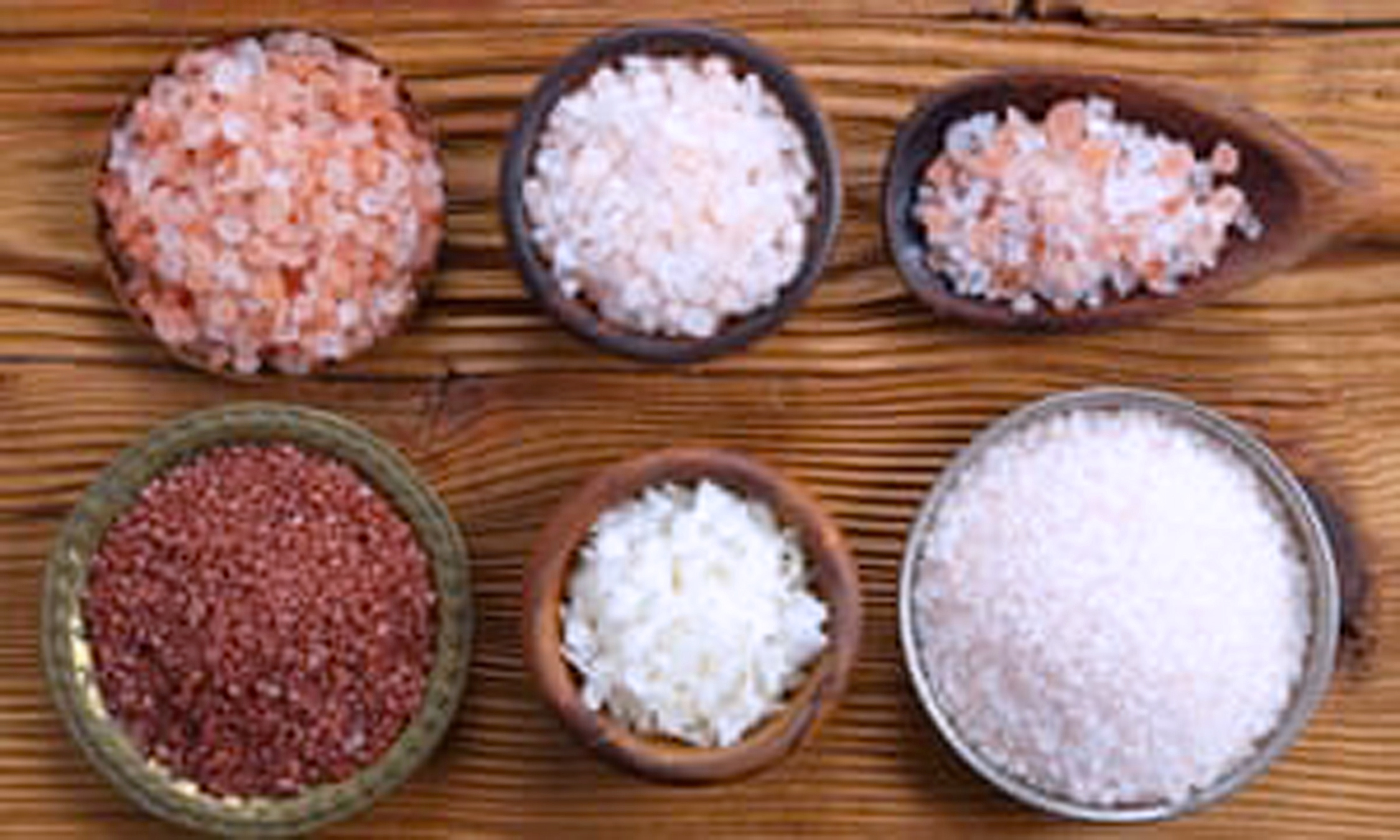As an essential ingredient in both cooking and baking, salt has a myriad of uses. While most people use table salt, certain recipes recommend sea salt. Many do not realize the difference. All salt is sodium chloride and it all comes from the sea, but table salt is mined from salt deposits. These are remnants of bodies of seawater that have long since dried up. The deposits are washed with water to dissolve the salt, forming a solution, which is then evaporated under vacuum to form crystals. Table salt is purified and stripped of any contaminants. In the process, it also strips out essential minerals. It is then supplemented with anti-caking substances, such as sodium aluminosilicate, silicon dioxide and magnesium carbonate. Table salt is usually about 98% sodium chloride, with about 2% by weight of an anti-caking agent.
Sea salt from Marsala in the Province of Trapani is crystallized from bodies of seawater by open-air evaporation, which makes it more expensive, but well worth it. The sea salt is available in either unrefined or refined forms. The unrefined sea salt contains trace minerals that contribute to a more complex flavor and is used as an artisan finishing salt. It will often have different hues and colors. Refined sea salt is washed to strip any minerals, but does not have chemicals added, as is the case of table salt. It is pure white, but it has a flakier texture than table salt.
Which salt is better? With no chemicals added, sea salt is the preferred choice.




